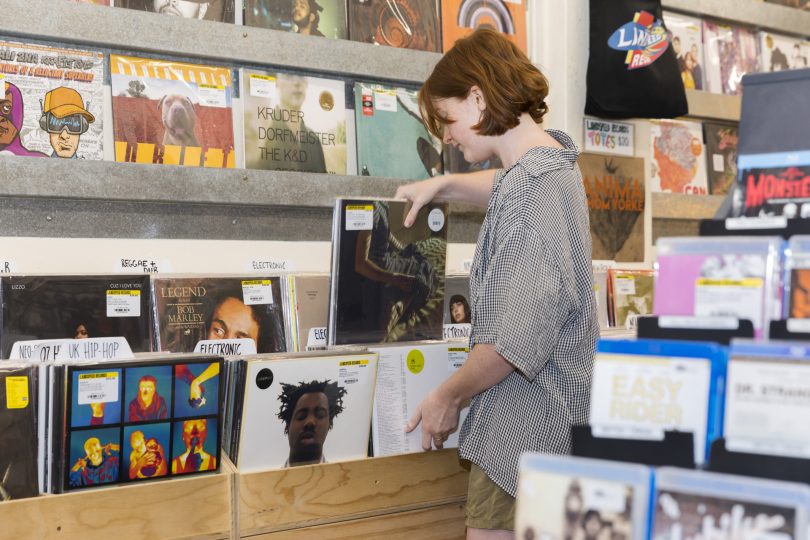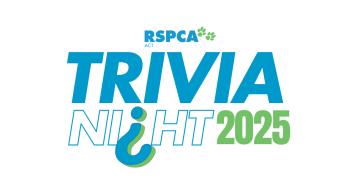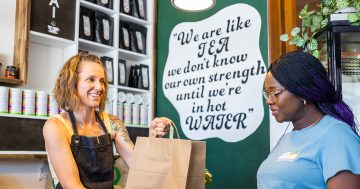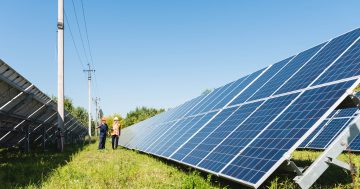
Social distancing and self-quarantining will make it tough for many small and medium businesses to make ends meet, even with government and social support. Photo: Michelle Kroll, Region Media.
A second economic stimulus package has been unveiled over the weekend with measures including more money for welfare recipients, payments for small and medium businesses and financial stress measures to help struggling Australians.
For the next six months, the Government will pay a $550 fortnightly supplement to people on the JobSeeker Payment, Youth Allowance JobSeeker, Parenting Payment, Farm Household Allowance and Special Benefit.
This payment will be on top of their current payment.
Two weeks ago, the Government unveiled its first stimulus package including a one-off $750 payment that will be made available to welfare recipients from 31 March. A further payment of $750 will now be available to social security and veteran income support recipients, as well as some concession cardholders who are not eligible for this coronavirus supplement.
Small and medium businesses and some not-for-profits will be able to apply for a payment of up to $100,000 – with a minimum payment of $20,000 – to help with their cash flow to pay rent, utilities and staff.
The Commonwealth has also expanded on their payments from their first stimulus package, with employers able to receive up to 100 per cent of salary and wages withheld (up from 50 per cent), and the maximum payment has been doubled to $50,000.
The minimum payment has also increased from $2,000 to $10,000 and the tax-free disbursement will be available from 28 April.
Andrew Sykes from accounting and business advisory firm RSM told Region Media that the stimulus measures were not a cash boost per se, but rather a credit for businesses with the Australian Tax Office.
“It can be a little confusing. It is not a cash payment from the government, it is a credit to the Australian Tax Office running account,” he said.
“Eligible employers that pay salaries and wages will receive a minimum credit of $10,000 – even if they are not required to withhold tax.
“It is already in the system so businesses can now operate with confidence and know that they will not have to come up with that amount of money in the July to October period.
“No one can give a definite answer [about how many businesses will survive] but it will provide a pretty significant cash boost, and that the damage is far less than it would have been,” he said.
The Government believes the measures will benefit around 690,000 businesses and their 7.8 million employees, as well as 30,000 not-for-profits.
“They might not save every worker but there will be some that you keep on because you are getting that lower cost,” Mr Sykes said.
“It may make it viable for restaurants to do a delivery model because you get assistance with the cost of the labour, which is the biggest cost.”
Small businesses will also have half of a new loan guaranteed by the Government to the maximum loan value of $250,000 over a term of three years, with an initial six month repayment holiday.
People who are in financial stress will be able to request early access to their superannuation and can withdraw $10,000 in this financial year and $10,000 in the next financial year, tax-free. This withdrawal will not affect Centrelink or Veteran’s Affairs payments.
Mr Sykes said that while it may put some users in a more precarious financial position in the future by taking from their superannuation, this is a better alternative than other forms of debt.
“[Taking money out of your superannuation] is a concern and is only to be used if it is necessary,” he said.
“To a certain extent it is a matter of being able to balance today’s financial health with future financial health and you are better off using this than credit cards or other short-term, high-interest rate debt.”
Income or working hours need to have dropped by 20 per cent to be eligible for this measure.
Some local businesses have found themselves overwhelmed by the plethora of information and numbers flooding through over the last couple of weeks.
Mr Sykes says that small businesses should speak to their financial advisors to see what they are and are not eligible for.
“It is very confusing at the moment because we are getting different announcements and it is changing rapidly, but so is the business environment,” he said.
“It would be good if there was some assistance for businesses for them to talk to their financial advisors and get advice as to how they can take advantage of these [payments], and which ones are right for them.”





















